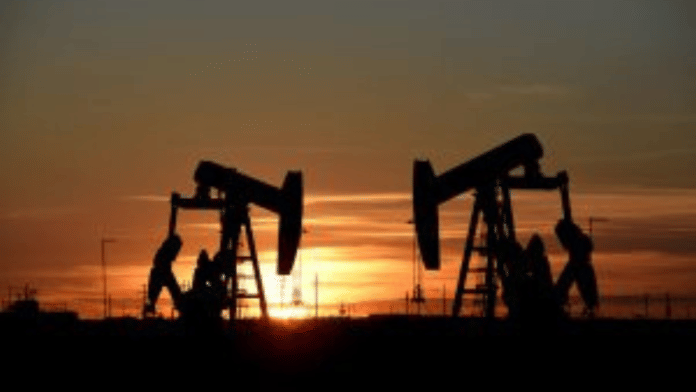New Delhi: The International Energy Agency’s (IEA) new medium-term forecast released Wednesday predicts that the world will see a sharp decline in oil demand in the next few years, while supply is expected to increase, leading to a surplus by 2030.
However, India along with China is expected to drive the major oil demand in the same period because of its transport fuel needs, which throws a cloud over the country’s energy transition trajectory.
Titled ‘Oil 2024’, the report says that production will reach 114 million barrels per day by 2030, which is much higher than the peak demand of 106 million barrels for 2030 as forecast by the IEA.
This increase in supply will mainly be fuelled by production in the US and other countries in the Americas including Brazil, Argentina and Canada. However, given the 8 million barrels of surplus oil, the report warns that the “spare capacity” problem the oil industry will face by the end of this decade will be similar to what it faced during the Covid lockdown in 2020.
Certain countries are expected to still increase their oil demand between 2023-2030, India and China being the main ones, followed by emerging economies in the rest of Asia. However, the Organisation for Economic Cooperation and Development (OECD) countries, which includes most of Europe and the US, will continue their decade-long decline in oil demand, says the report.
It also predicts that India and China, the major oil consumers, will reach their peak demand and their economys’ expansion will start to slow by 2027. The report also cautions oil producers like the US and the Organization of the Petroleum Exporting Countries (OPEC) that there will be consequences given the challenge of the “spare capacity” flagged by the IEA.
“This report’s projections, based on the latest data, show a major supply surplus emerging this decade, suggesting that oil companies may want to make sure their business strategies and plans are prepared for the changes taking place,” said IEA Executive Director Fatih Birol in a press release.
India’s oil demand driven by transport industry
India’s demand for oil is expected to rise by 1.3 million barrels per day between 2023 and 2030, which is the second highest growth after that of China. While most of the demand for oil in the rest of the world and major economies like China is going to be because of petrochemical industries, India’s projected oil demand is expected to be driven by the transport fuel industry. This is in stark contrast to the rest of the world, where electrification of vehicles will lead to much lower diesel and gasoline demands.
“EV sales are set to continue their stellar growth trajectory, resulting in significant fuel savings. This will displace 6 mb/d of gasoline and diesel demand by 2030,” reads the IEA report.
India will need more than 5,00,000 barrels per day of diesel/gasoil, which will make up the biggest share in India’s oil demand till 2030 — 38 percent of the total. The reason for this is that the report also expects India economic growth to be the strongest among major economies, with GDP growth averaging 6.5 percent between 2024 and 2030. This, combined with the world’s largest population and hence a growing consumer market, will lead to increased demand for mobility and car ownership.
The IEA expects a 40 percent increase in India’s total car fleet in the next seven years, and also a big increase in two- and three-wheeler vehicles that make up 75 percent of the country’s total vehicle count today. The issue is that while two- and three-wheelers have a higher potential for electrification and therefore less fuel consumption, the expected growth rate for these vehicles is lower than the growth rate for passenger cars, which incidentally have a lower potential for electrification. The net result is that India’s need for gasoline and diesel will remain high.
On the other hand, the country is expected to see an increase in liquified petroleum gas (LPG) demand, too, because of the central government’s Pradhan Mantri Ujjwala Yojana, which promotes LPG as a clean cooking fuel.
(Edited by Tikli Basu)
Also read: India bought Russian crude because ‘we wanted somebody to’, says US Ambassador Eric Garcetti






